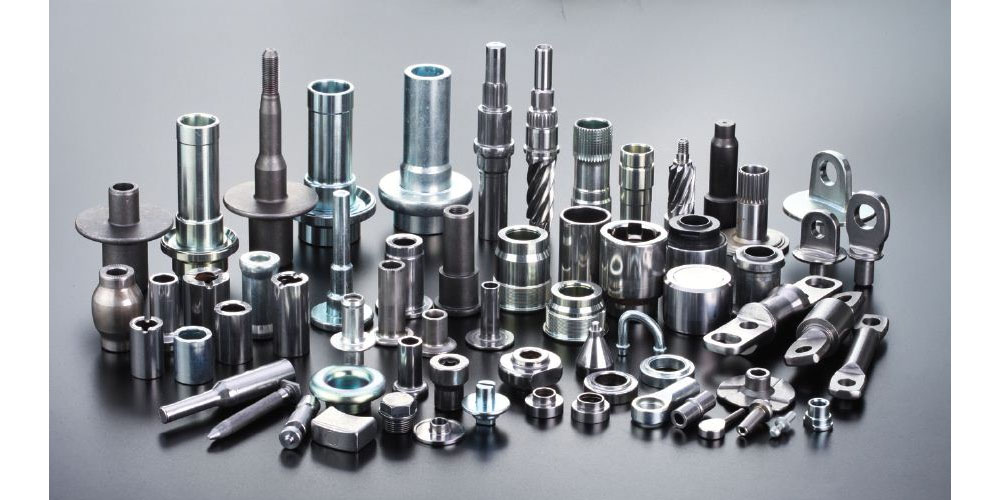Forging is a popular manufacturing process that is almost as old as metalworking. It involves the shaping of metal into pre-determined pieces by applying localized compressive forces. The forces are applied using a power hammer or a die. Traditionally, the process only used hammers or power hammers because of the armature technology that existed.
However, the forging industry and technology have improved in modern times and have seen the introduction of dies. There are two types of forging; hot and cold forging. Both types have their advantages and disadvantages. In this post, we focus on cold forging and essential things you need to know about the process, including the advantages of cold forging.
How cold forging works?
Cold forging manufacturing process involves localized compressive forces to a bar of metal at room temperature. It works so that a bar of metal is placed in between two dies where it is compressed until it assumes a pre-determined shape. This is also the same way that hot forging works. The difference between hot and cold forging lies in the temperatures at which the manufacturing process get conducted.
The advantages of cold forging
Cold forging process is a popular method of manufacturing. Its popularity can be attributed to the following advantages that it offers;
1. It is cost-saving
One of the primary benefits of cold forging is that it does not cost a lot of money. This is because it is done at room temperature and does not require energy to heat the metal. It also manufactures products that require little to no finishing work hence significantly reducing the cost of production. The elimination of machining processes that help ensure the process features the highest precision level also counts as a cost-saving element.
2. It offers improved material usage
In cold forging, there isn’t much waste material. This is because the bar of metal maintains its physical state (metal), reducing the likelihood of waste production. Additionally, even the formed waste is still used to ensure that the final product quality remains the best.
3. It produced high-quality parts
It is also worth noting that cold-forged products usually feature some of the best qualities. For one, the products require very little to no finishing. The products also boast of a lack of contamination or impurities that could result in not so good finishing.
The disadvantages of cold forging
The three benefits mentioned above are just the primary ones. This manufacturing process has several other technical advantages that are not mentioned here. However, it also features its downsides. Some of the main downsides include:
- It is only suitable for simple shapes in high volumes
- It requires really powerful tools
- It works best on soft metals like aluminum, copper, and brass.
Final word
While cold forging has its downsides, the benefits outweigh them by far. For this reason, there are numerous applications of cold forging. For instance, it is used in the manufacture of mining bits, spline housing, and gear, and fastening tools, to name a few.
